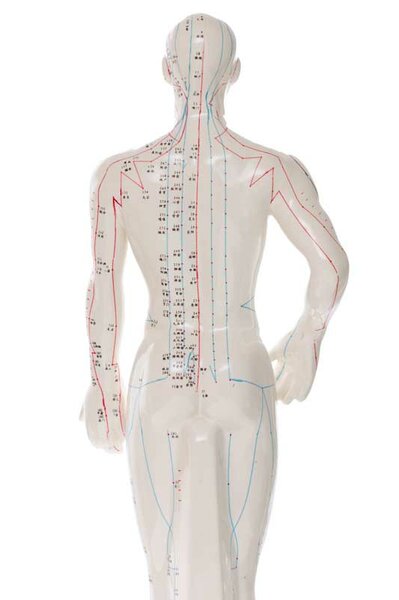Osteopathy is a holistic healing process.
The forms of therapy listed here can all be combined with each other and are individually adapted for each patient and depending on the complaints. They can be used from the first day after birth until old age.
Osteopathy, Kinesiology, Traditional Chinese Medicine (TCM) In connection with the dentistry and conventional medicine
Osteopathy, kinesiology and TCM are therapies and diagnostic procedures based on the holistic theory of the body (holistic therapies). This is important because the individual structures (systems) such as the muscular system, the organ systems, the nervous system and the teeth including the jaws influence each other:
Examples:
1. The jaw, including the gums, the wisdom teeth, the back and front should be called wisdom teeth Cheek teeth (molars; premolars), for example, have a pronounced connection to the abdominal organs and in particular to the thin and colon. This in turn with the front and rear thigh muscles [the M. quadriceps, the ischiocrural Group; e.g. the Mm**. semitendinosus and membranosus] and the straight abdominal muscles (m*. recto abdominus). Consist if a patient has problems in the area of the intestine or in the abovementioned tooth and jaw areas, the above other structures mentioned are then also influenced by the muscles mentioned in the basic or resting tension be weakened. This can result in hip joint problems, pelvic obliquity, but also to so-called Subluxations(dislocations) of the small vertebral joints (facet joints), with the associated pain, e.g. Lumbago (lumbago), sciatic pain (sciatica) or hip and knee joint problems.
[Note: The dislocations just mentioned (in the areas mentioned) are usually only minimal Shifts in the area of the joint(s), which,however, result in a change in the surrounding structure, e.g. involve nerve tissue.]
In order to eliminate these complaints (pain) permanently or at least in the longer term, it is not enough to just or hip joint, the spine or the pelvis, but also the associated systems, such as e.g. the teeth (jaws) and intestines are also examined and, if necessary, treated if there are any changes. Becomes If only part of the related systems is treated, the symptoms either persist or reappear again and again after a certain period of time or other symptoms develop through the body's compensation other structures, since every cell in the body has a memory and the information given is stored.
2. Are there problems in the heart area, such as high or low blood pressure (hypertension or hypotension), arrhythmias or even the condition after a heart attack, there are reactions in the buttocks (gluteus, abductors***), the inner upper thigh muscles (adductors****) and shoulder muscles (M. deltoideus), which lead to limitations, pain in the shoulder, pelvic and hip joints with numbness, tingling, feeling of falling asleep in the hands, arms, legs, feet and even sciatica. So you can give examples of every system, that of the organs, hormones, nerves (systems), the skeleton, the muscles, ligaments, joint capsules, bursa and the bones including the joints etc., since each individual system always has an effect has on the other systems and thus on the whole organism (HOLISTIC). As with a beautiful picture on which you put a black dot, for example. The whole picture is always changing. separation is absent Unfortunately, there are no therapy methods that can treat EVERYTHING alone. It is therefore all the more important that the forms of therapy and the entire specialist areas of natural and conventional medicine can be combined for the benefit of the patient and are also used by the patient. Summary: Only the consultation of various specialist areas of medicine (natural and allopathic) and dentistry as well as the will and patience of the patient to recover (symptoms and illness do not appear overnight) lead to improvement or recovery.
* M. - Muscular
** Mm - . muscles
***Abductors, move the legs outward
**** Adductors, move legs inward]
In the graphic below I try to explain what effects a symptom or disease has on the entire body. This is not intended to scare you, but to help you understand that problems (or pain) in the hip can arise from a previous intestinal or dental disease, for example. Even if these have been treated, over a longer period of time (sometimes years) other symptoms or diseases can originate there.
Your DO Klaus Wirtz

